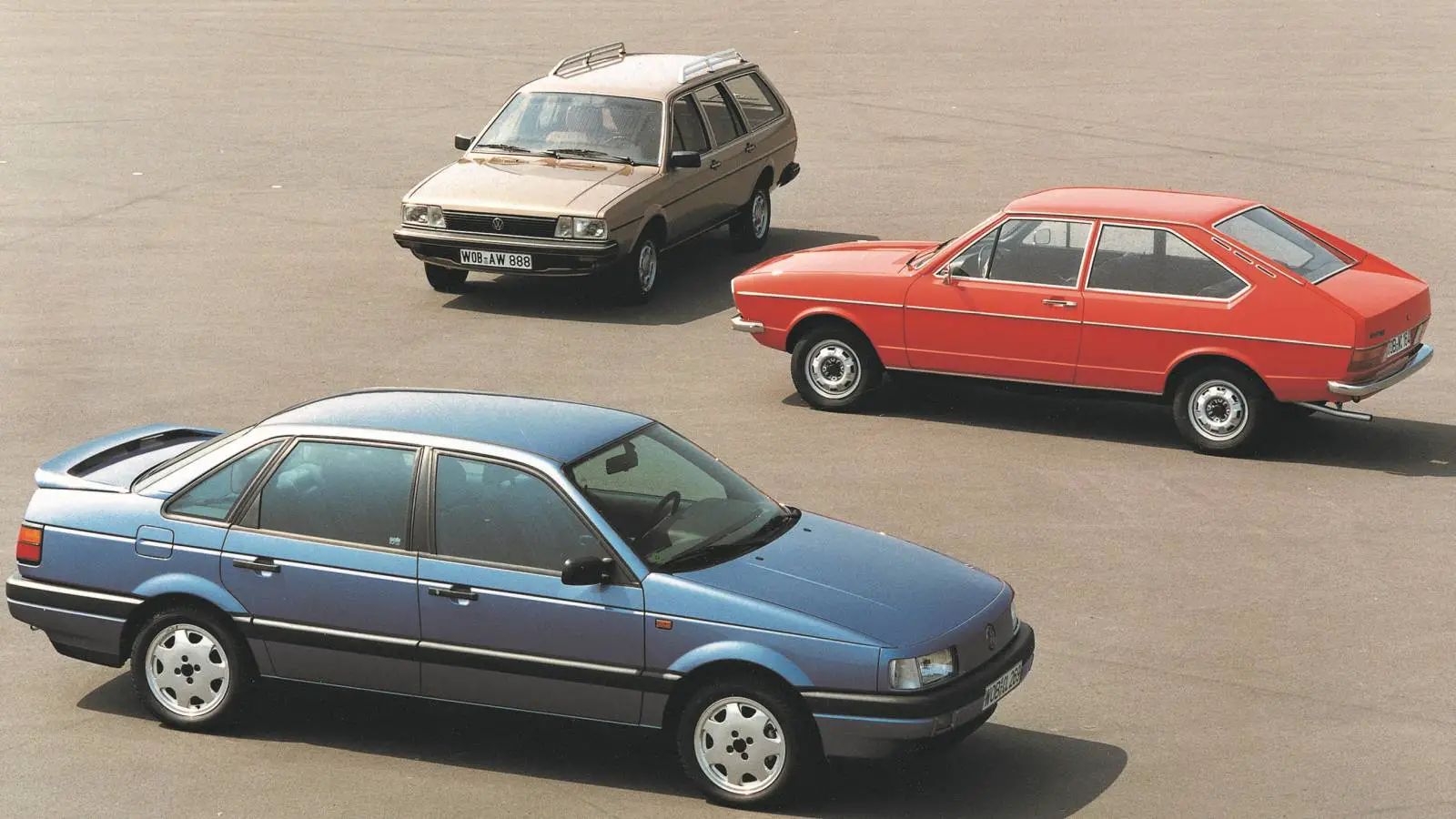Volkswagen Passat blows out 50 candles
Success Story
With more than thirty million cars sold, the Passat is one of the best-selling cars in the VW Group after the Golf and the Beetle. This year, Volkswagen pulls back the curtain on the all-new, ninth generation, but it all began 50 years ago with the B1.
Passat B1 (1973-1980)
Volkswagen had long relied on the tried and true but outdated rear air-cooled boxer engine, but from 1973 onward, with the Passat with water-cooled technology, front-wheel drive and modern looks, it took a completely different tack. The Passat was intended as the successor to the Volkswagen Type 3 and was positioned as a family car that offered more space and luxury than the air-cooled models and the later Golf.
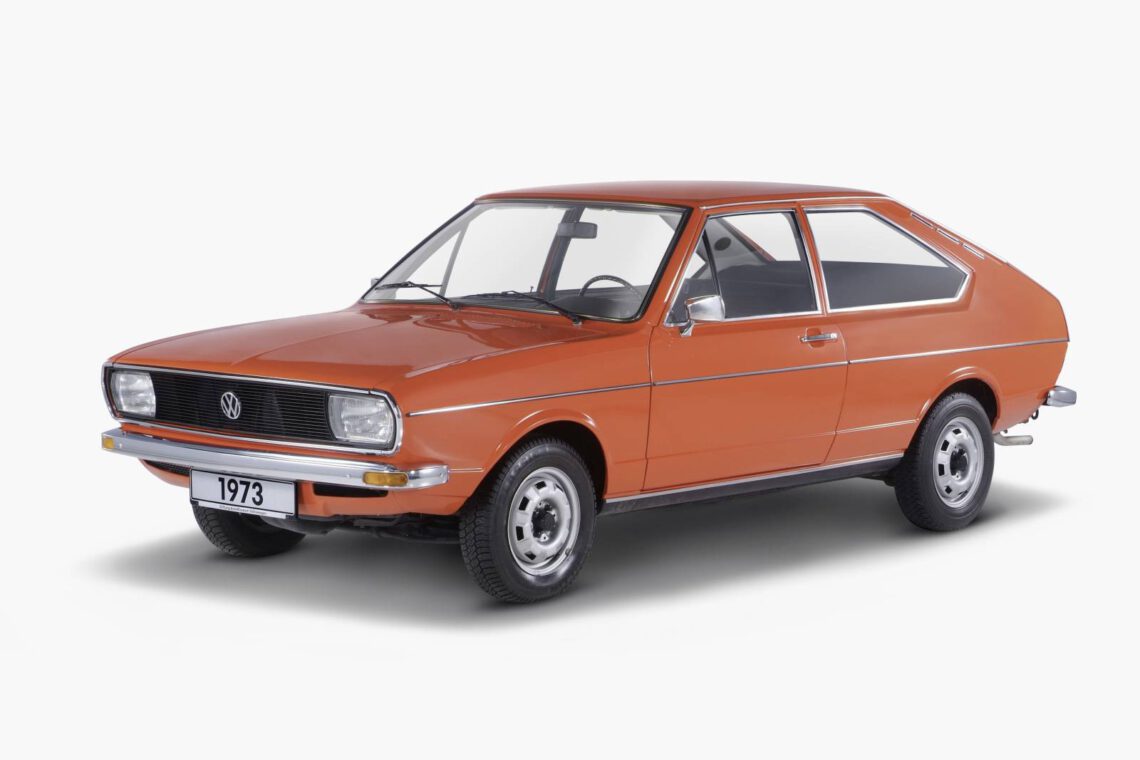
In terms of design, the angular Passat marked a striking break from its air-cooled, round predecessors. It was Italian car designer Giorgetto Giugiaro who was responsible for the new design language. After his original design, the EA 272, was discarded for cost reasons, Giugiaro developed a new model based on the Audi 80 B1. Although Volkswagen’s new midsize car was based on the Audi, where that car was a traditional sedan, the Passat received a sloping rear end. The Passat was one of the first cars to be designed using a wind tunnel. Giugiaro’s creations also include the first Scirocco and the iconic Golf I, models introduced by Volkswagen in 1974.

The Volkswagen Passat debuted at the 1973 Geneva Auto Show as a two-door and four-door hatchback sedan. The Passat Variant followed in January 1974. When the Passat was first presented, there was some confusion about its name. In Germany, the car was known as the Passat, but in other countries – such as the United States – it was sold as Dasher.
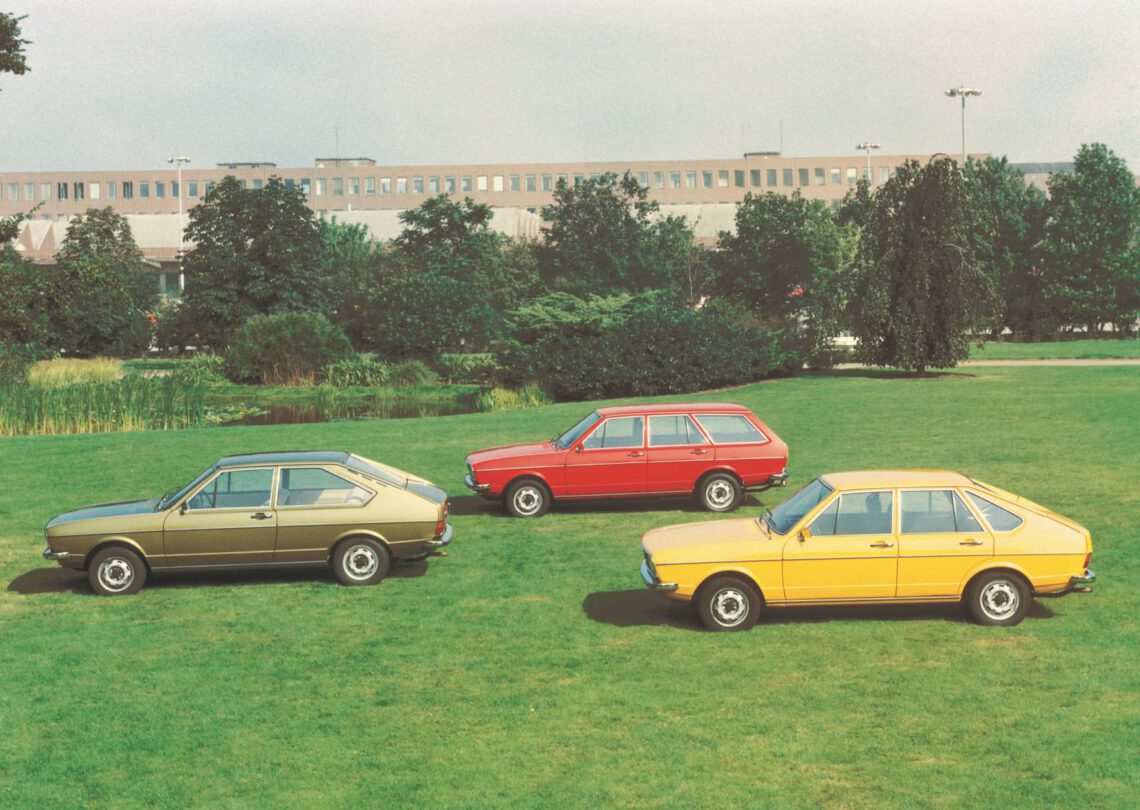
Three gasoline engines with up to 85 horsepower provided a top speed of nearly 170 kilometers per hour. The first generation, which Volkswagen built until October 1980, was expanded by five more engine variants within the seven-year construction period. The strongest of the bunch was the 1.6-liter gasoline engine from the GLI, which it shared with the first Golf GTI with 110 hp. In addition to the gasoline engines, Volkswagen supplied a diesel engine in the Passat for the first time starting in 1978. The 1.5-liter diesel produced 50 horsepower and consumed 7.5 liters per 100 kilometers. It took it a whopping 21 seconds to reach 100 mph. Nevertheless, the diesel version was extremely popular with frequent drivers.
Passat B2 (1980-1988)
Modern technologies and greater efficiency: the Passat B2 was introduced in October 1980. This second generation, which came off the assembly line in Emden and Wolfsburg, among other places, was considerably larger than its relatively modest predecessor. Although the Passat B2 retained some distinctive stylistic elements of Giugiaro’s B1, it received a minor facelift that made it look more modern and refined. The Passat B2 was offered as a hatchback sedan and a five-door Variant. The B2 was one of the first cars created using computer-aided design (CAD) technology. This helped Volkswagen speed up production and increase car quality. It was also the first Volkswagen to use the modular Volkswagen Group A2 platform architecture, a modular platform for front-wheel-drive cars that was later used for other Volkswagen models – such as the Golf, Jetta, Scirocco and Corrado – as well as, for example, the Audi’s 80 and 90.
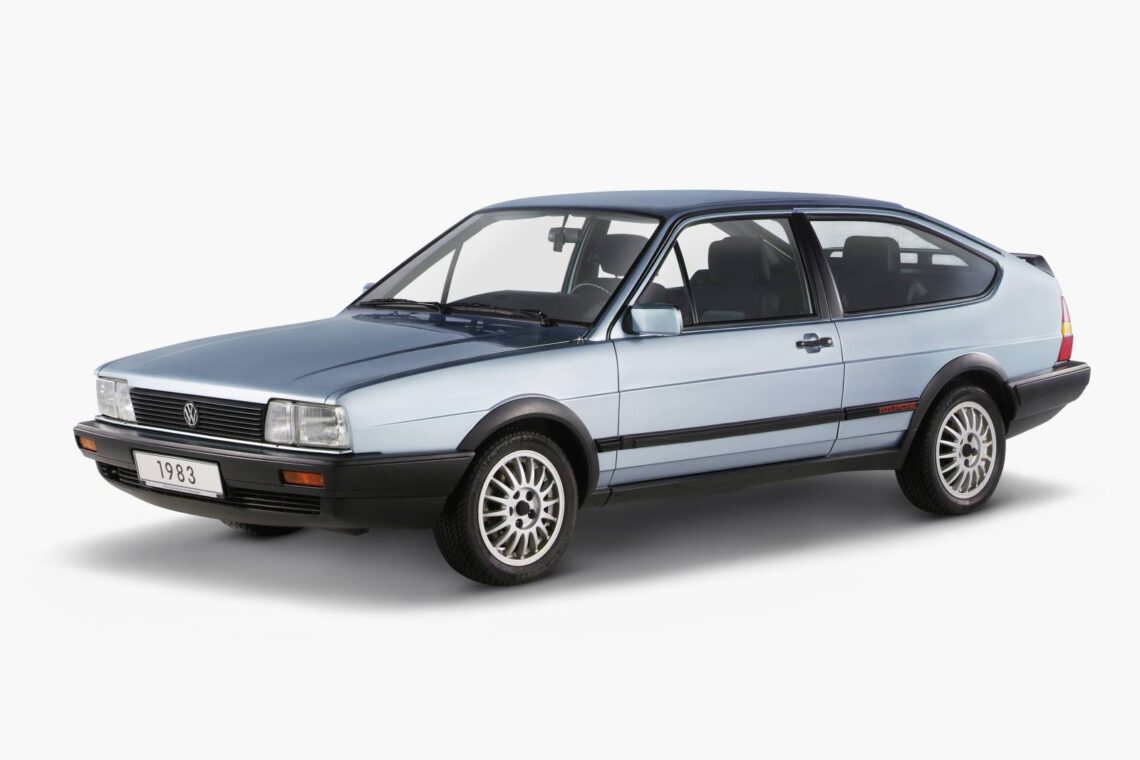
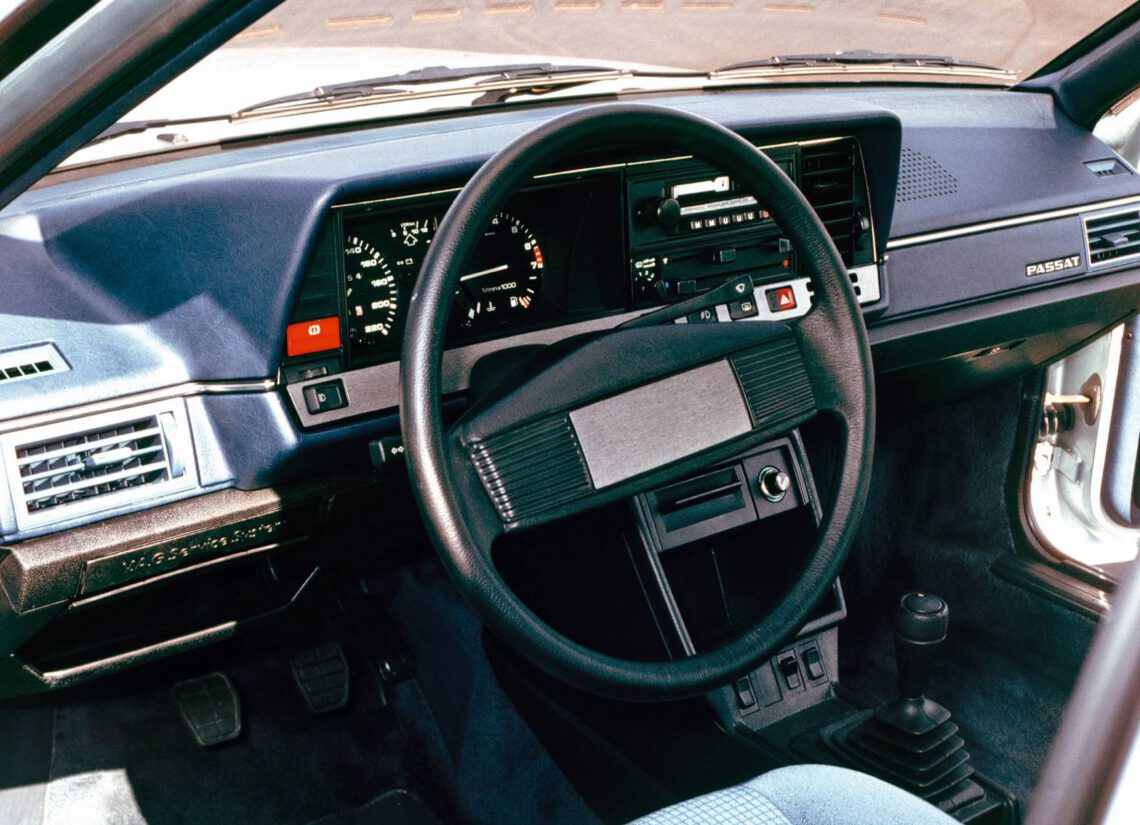
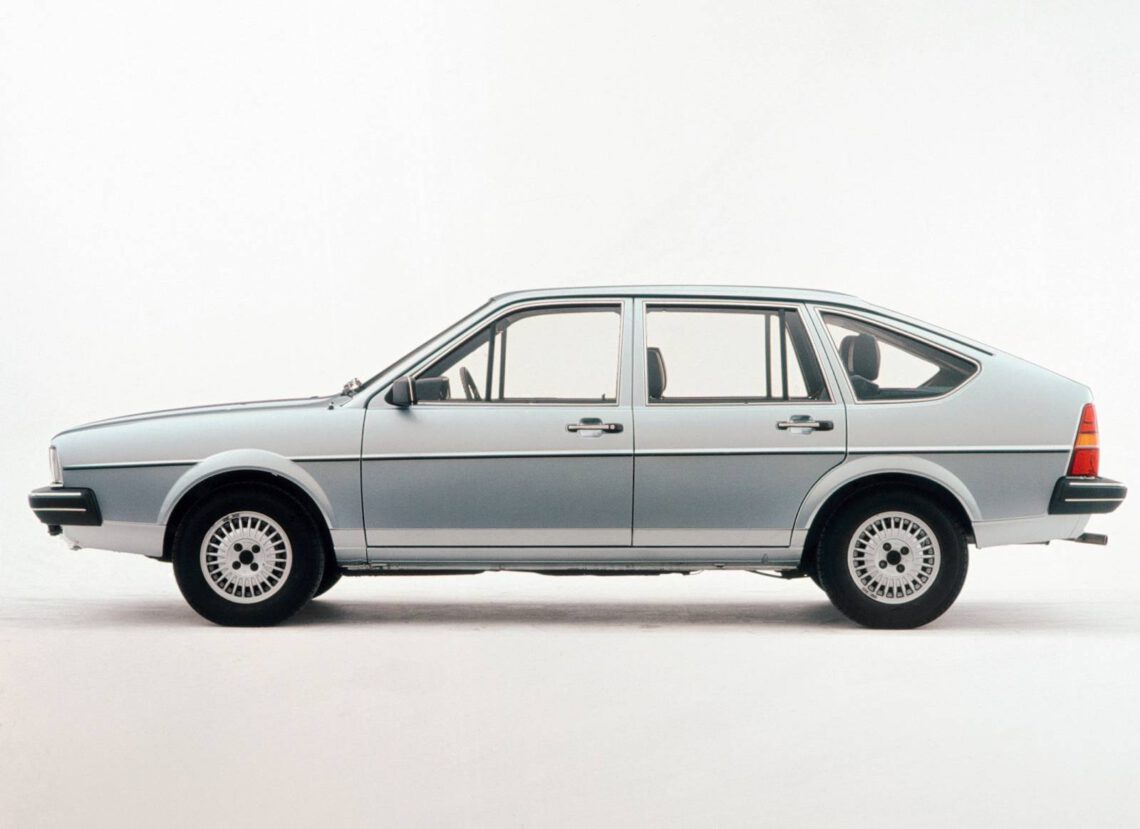
Within the eight-year production phase, there was a choice of gasoline engines ranging from 55 to 140 hp and diesel engines between 55 hp and 80 hp. Combined with the 55 kW (75 hp) strong 1.6-liter engine, the Passat B2 was also initially offered as a Formula E version. Volkswagen’s Formula E had all sorts of innovations that are commonplace today, such as a start/stop system. Starting in 1984, Volkswagen launched four-wheel drive in the Passat model family in the form of the Passat Variant GT syncro. It was the first tentative attempt to put a station wagon crossover on its wheels.
Passat B3 (1988-1993)
With the third generation of the Passat, introduced by Volkswagen in 1988, the angular design language of the B1 and B2 came to an end. Designer Herbert Schäfer wanted a car that was not only stylish and elegant, but also functional and practical. The result was a Passat with a streamlined design and spacious interior. The B3’s shapes were softer and rounder; the model no longer had a visible grille, which earned it its nickname “Nose Bear. By the way, the absence of the grille was understood only by Schäfer, so this decision was revised in the next generation.
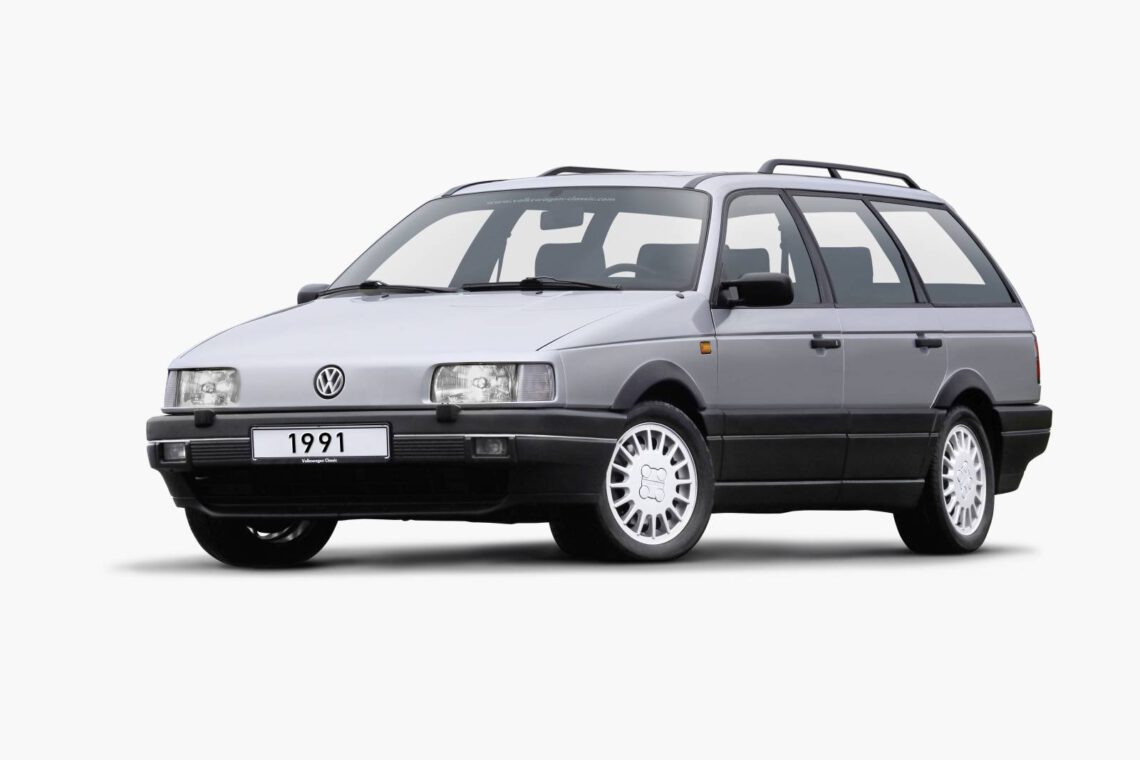
The Passat B3 was the first Volkswagen to be equipped with airbags as standard equipment, which was a major safety innovation at the time. The “Servotronic” power steering system was also new. This system automatically adjusted the power steering based on driving speed, which provided a smooth and responsive driving experience.
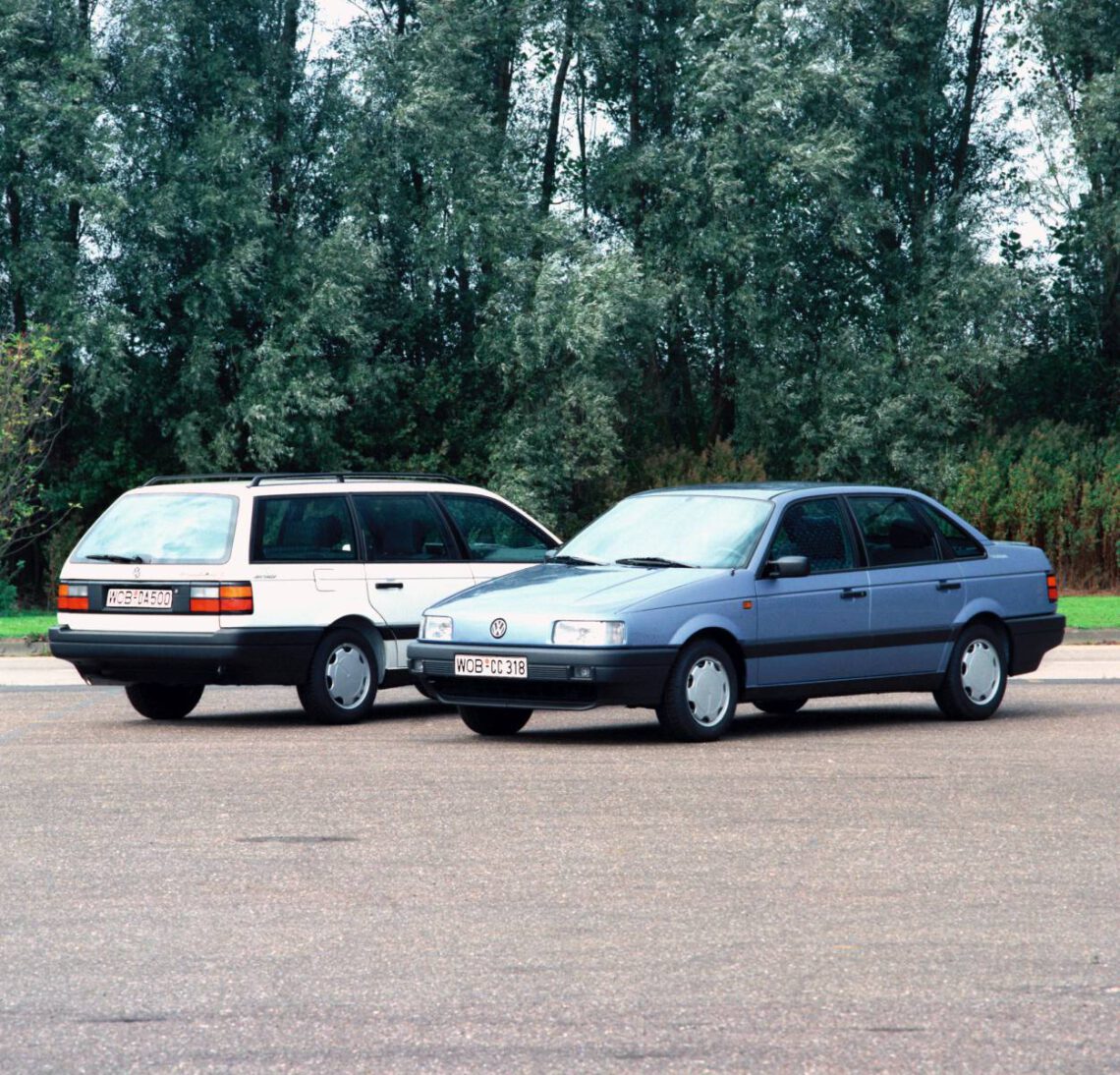
The transverse engines (from 72 hp) were powerful. But it could always be more powerful, proved the VR6 that Volkswagen presented in the spring of 1991. A 2.8-liter, six-cylinder displacement and 174 horsepower produced a top speed of 224 kilometers per hour. The top model of this generation is currently a highly sought-after youngtimer, alongside the Passat G60 with a 160-hp 1.8-liter engine and the all-wheel-drive syncro. A total of more than six million Passats had been sold by October 1993.
Also read:

